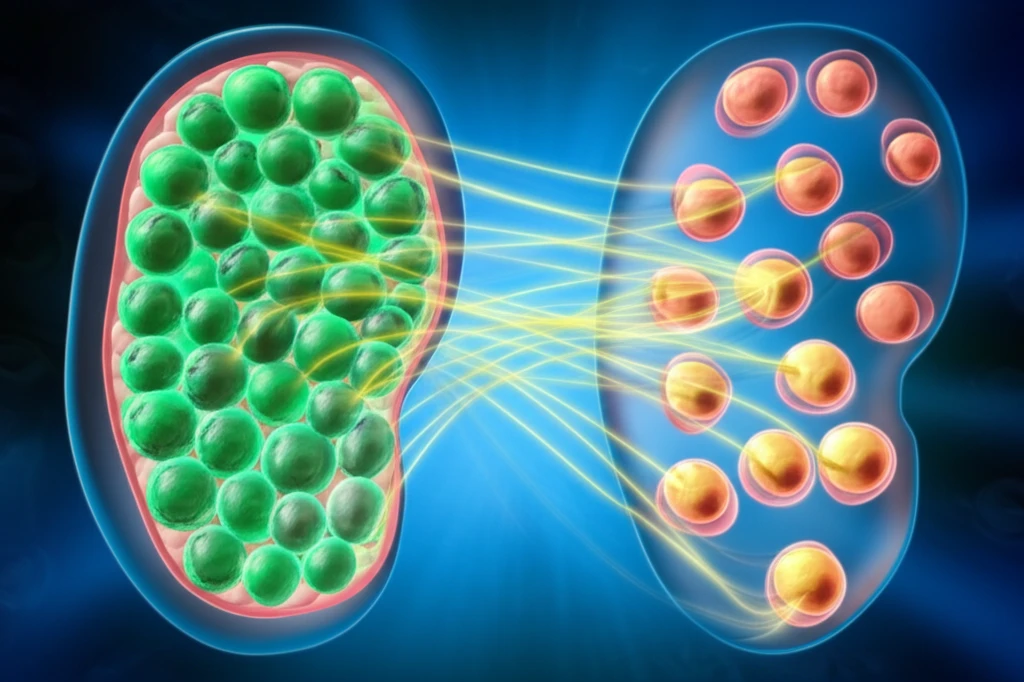
Unlocking Ovarian Health: How JAK1 Impacts Fertility
"A groundbreaking study reveals the crucial role of Janus Kinase JAK1 in maintaining the ovarian reserve and its implications for future fertility treatments."
Infertility is a growing global concern, affecting millions of couples and placing immense strain on reproductive technologies. Understanding the intricacies of ovarian function, especially the development and maintenance of primordial follicles, is crucial for developing effective treatments. Primary ovarian insufficiency (POI), a condition leading to early menopause, highlights the urgent need for innovative approaches.
Recent research has shed light on the Janus Kinase (JAK) signaling pathway and its role in ovarian health. The JAK-STAT pathway, known for its involvement in cell growth and differentiation, has emerged as a key player in the development and regulation of ovarian follicles. Specifically, the JAK1 protein appears to have a significant impact on the ovarian reserve—the store of primordial follicles that determine a woman's reproductive lifespan.
This article explores the groundbreaking findings of a new study investigating the role of JAK1 in maintaining the ovarian reserve and regulating primordial follicle activation. By simplifying the complex science, we aim to provide accessible insights into potential future treatments for infertility and related conditions. Learn how this research could pave the way for novel strategies to protect and enhance female fertility.
JAK1: The Key Regulator of Ovarian Function

The study, conducted using a mouse model, revealed that JAK1 is the most abundantly expressed JAK gene in the ovary throughout all stages of follicle development. This suggests JAK1 has a crucial and ongoing role in ovarian function. Researchers analyzed mRNA expression at various developmental stages, from postnatal day 1 (PND1) to seven months (7MTH), to pinpoint when and where JAK genes are most active.
- Accelerated Follicle Activation: Blocking JAK1 led to a faster rate of primordial follicle activation.
- Increased Apoptosis: The process of programmed cell death (apoptosis) was increased in the ovaries when JAK1 was inhibited.
- Upregulation of Downstream Signals: The levels of STAT3 and SOCS4, proteins downstream of JAK1 in the signaling pathway, increased when JAK1 was blocked.
Implications and Future Directions
This study provides critical evidence for the role of JAK1 in regulating the ovarian reserve and protecting against premature follicle depletion. Understanding the precise mechanisms by which JAK1 exerts its influence could open new avenues for fertility treatments.
One potential approach involves developing targeted therapies that modulate JAK1 activity in the ovary. By carefully controlling JAK1, it may be possible to slow down follicle activation, preserve the ovarian reserve, and extend a woman's reproductive lifespan. This could be particularly beneficial for women at risk of POI or those undergoing fertility treatments.
Further research is needed to fully elucidate the JAK1 signaling pathway and identify other potential therapeutic targets. However, this study represents a significant step forward in our understanding of ovarian function and offers hope for future interventions to improve female fertility.
